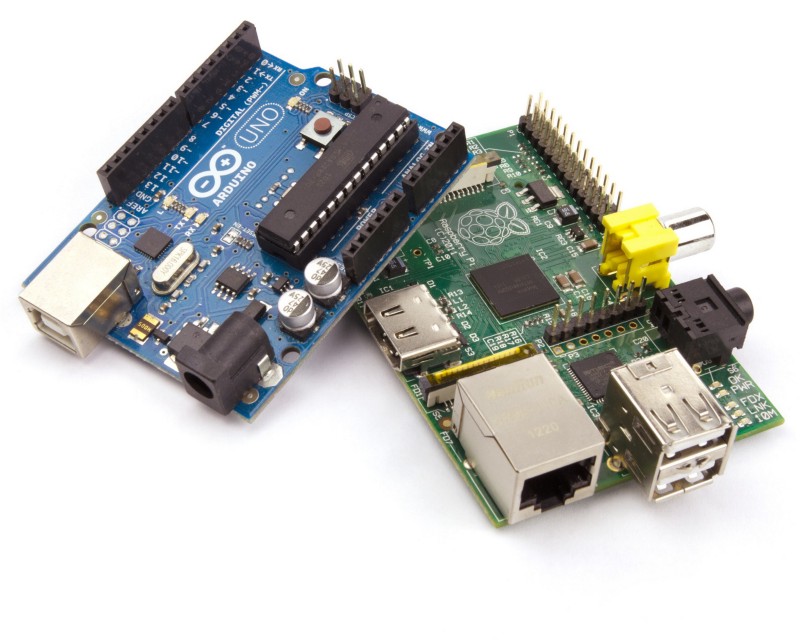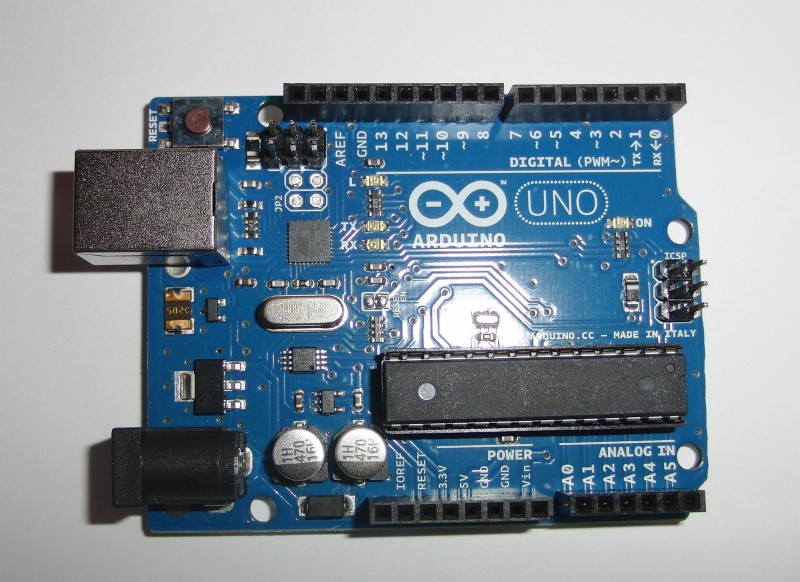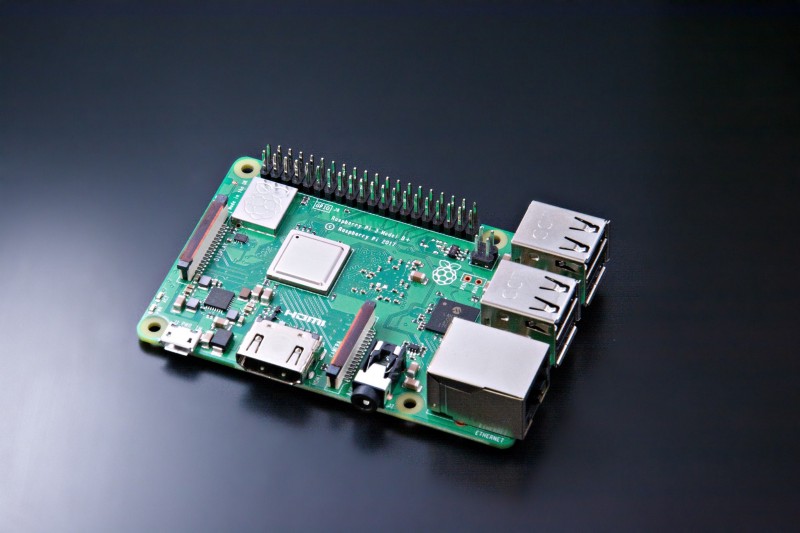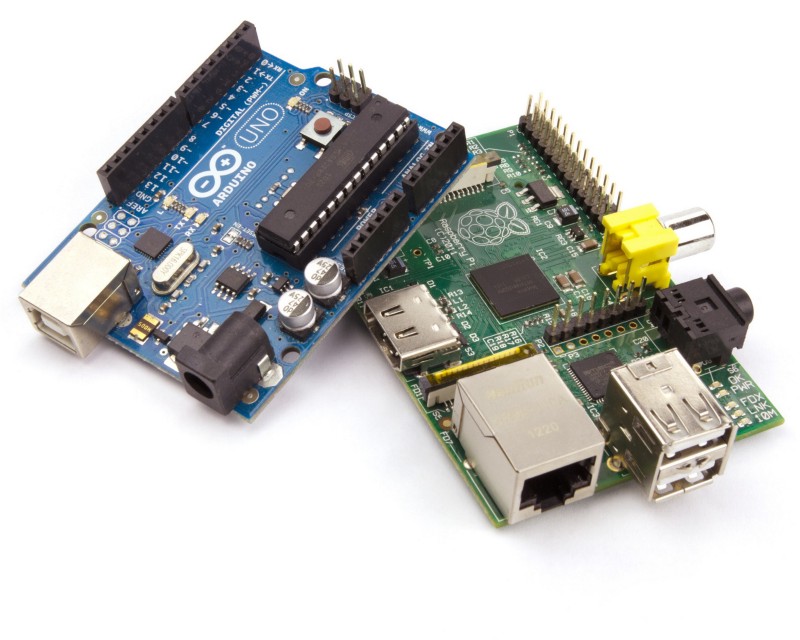
Every beginner who wants to do projects with electronics will very quickly come across Arduino and Raspberry Pi. Both are microcontrollers with interfaces for connecting further modules.
Since it is not easy at the beginning to decide in which microcontroller you should invest your money and time, here is an overview with my experience-based assessment for whom an Arduino and for whom a Raspberry Pi are the right thing.
Overview of data
Arduino

- Microcontroller
- Can only run one code at a time
- Inexpensive ($20)
- digital and analog pins to connect sensors
- ready to start with Arduino software
Raspberry Pi

- stand-alone computer
- any number of codes can run simultaneously
- relatively expensive (> $40)
- digital connections for sensors (GPIOs)
- high connectivity with ports for USB, LAN, HDMI, camera, integrated wifi, and Bluetooth
- the operating system has to be installed first
Comparison
If you look at the technical data of the two microcomputers, you can see clear differences. It even seems as if the Raspberry Pi is superior to the Arduino in all data. Especially in terms of computing power and connectivity, the Raspberry Pi seems superior to the Arduino. Only a small but very significant difference betrays the essential advantage of an Arduino. The connection possibilities of sensors via the analog inputs.
To understand this, it must be explained the difference between digital and analog inputs or signals. A digital input or output only knows the signals on and off. So the Raspberry Pi is only able to detect if there is a voltage at a port or not. Of course, most data can already be transmitted in binary with this form, but the retrieval is usually more complex for the user than with an analog signal. Via analog inputs, data can be retrieved lossless and continuously from the sensor.
A connection and programming of sensors are therefore usually easier with an Arduino. However, this is limited to the fact that all operations are performed in a sequence, and multitasking is not possible. A Raspberry Pi is a whole computer that can run different scripts simultaneously and can also handle most sensors.
Which one is right for you?
The answer to this question depends on the project you want to do. If you want to query the same data with many sensors, an Arduino is a good choice, because it has good connectivity to sensors, is cheap, and is easy to program. Especially for programming beginners, it’s easy due to the large Arduino community on the Internet. There are already detailed instructions for almost every sensor and topic.
However, if you have more complex tasks to do, for which computing power is needed, a Raspberry Pi is inevitable. In addition, the integrated WLAN and other interfaces such as an HDMI connection are essential and valuable for many projects. However, it must always be considered that the setup of a Raspberry pi needs much more time and effort.
I hope this short assessment helped some of you to decide if you want to start with an Arduino or Raspberry Pi.
If you want to read more about this topic, please follow me.


Schreibe einen Kommentar